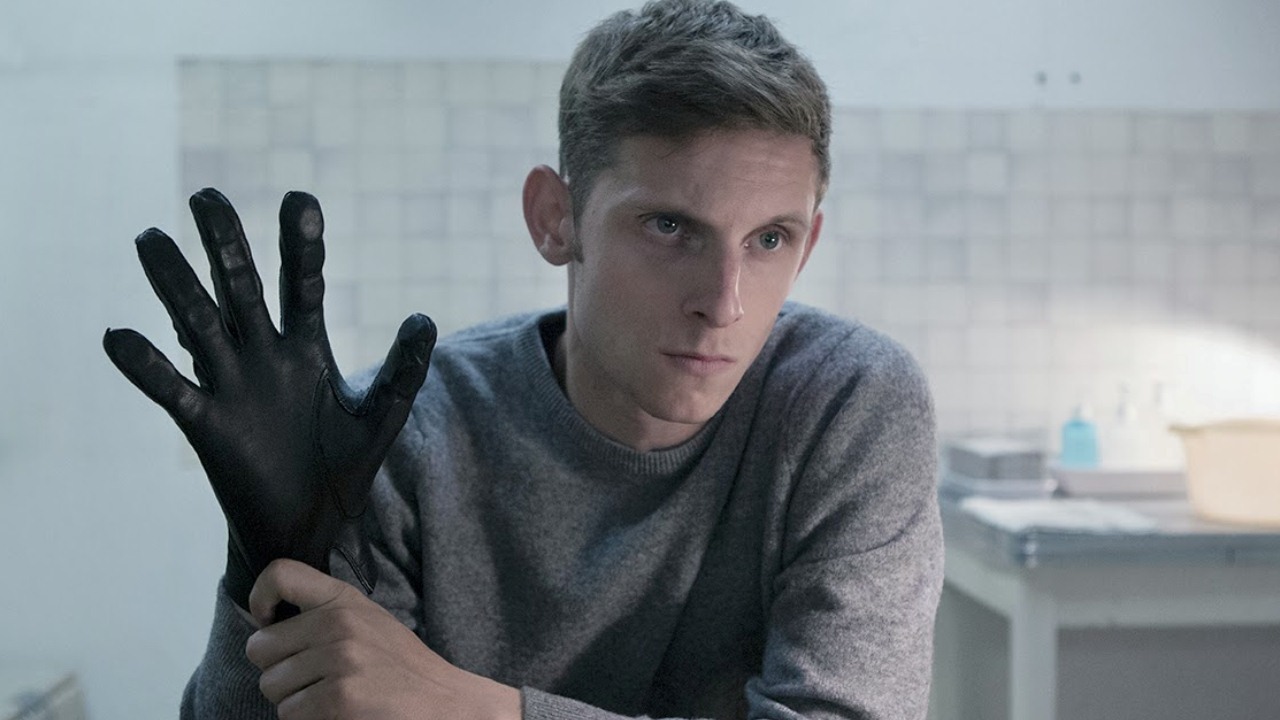
This list comprises 30 iconic samples of controversial cinema from the 20th and 21st century to our days.
Most of the movies listed here are selected for their controversial or cinematographic relevance far beyond their release time. Most of them can also serve as a guide of the development, refreshment and nature of cinematic controversy in history.
30. Reservoir Dogs (Quentin Tarantino, 1992)
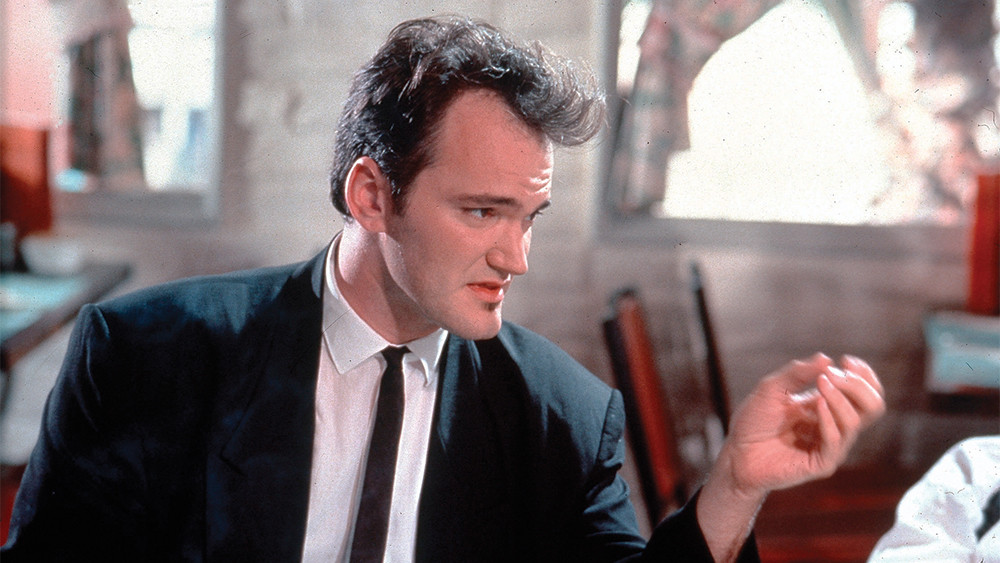
Quentin Tarantino’s astonishing debut centers in the immediate aftermath of a simple jewelry heist gone terribly wrong. Though featured in a decade that was ready to receive its director’s peculiar and revolutionary vision of cinema, “Reservoir Dogs” still appeared to be too raw for many audiences.
Today regarded as a highly influential movie, “Reservoir Dogs” set a major debate concerning the increasing levels of violence cinema had reached and whether there should be limits on it.
29. Natural Born Killers (Oliver Stone, 1994)
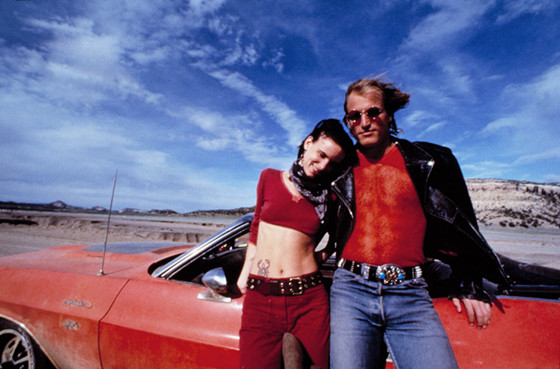
The result of teamwork between Oliver Stone and Quentin Tarantino, “Natural Born Killers” follows the murderous spree of two psychopathic lovers as they become glorified by the media.
Although the movie focuses quite a bit on depicting its main characters’ broken minds, sensationalism is its main target and source of inspiration. In that way, “Natural Born Killers” has been enthusiastically regarded as a subversive statement about the grotesque roots of popular culture.
As a result of its ultra-violent content, “Natural Born Killers” suffered several cuts and editions, something that somehow impoverished the strength of its message. Nevertheless, a restored version of it is now available. Several people claimed the movie transcended the boundaries of artistic representations and thus accused Stone of having inspired real-life murders of diverse proportions.
28. The Idiots (Lars von Trier, 1998)
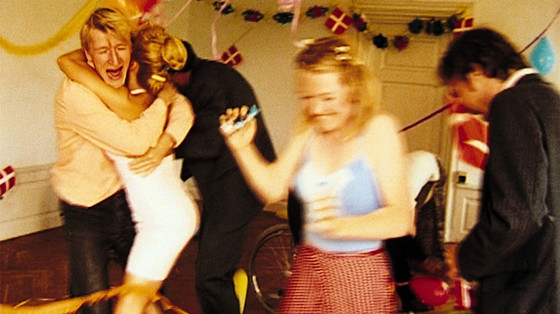
“The Idiots”, Lars von Trier’s landmark film of Dogma 95, centers on a group of inept middle class adults as they diversely commit to incarnating a living allegory about the decadence of society by bringing out their “inner idiot”.
The blasphemous resolution of von Trier’s already controversial “Breaking the Waves” was nothing compared to the controversy raised by “The Idiots”. Widely publicized and covered by critics and media, the film’s depiction of disability was regarded by many as cruel.
If that depiction was not enough, the movie also has a raw orgy sequence that quite disturbed some audiences.
27. Battle Royale (Kinji Fukasaku, 2000)
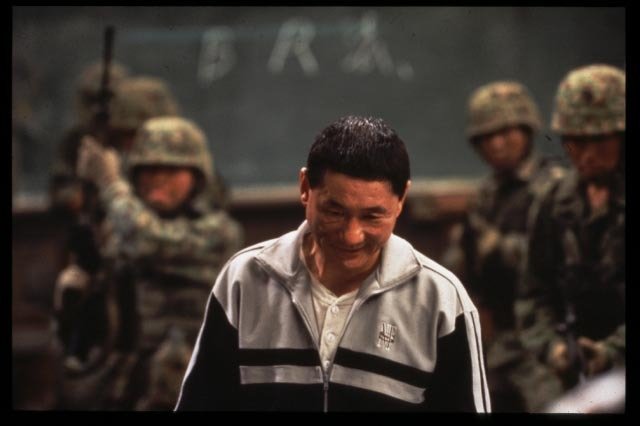
Arguably the original Hunger Games, “Battle Royale”, an increasingly hailed movie, follows the competition of a selection of ninth grade students in a post-apocalyptic, fascist-like Japan.
Pioneer of the implementation of children characters perpetrating a slaughter, “Battle Royale” was one of the 21st century’s first titles to suffer banning impositions.
Labeled as “crude and tasteless” by the Japanese parliament, the movie reactivated the old fashioned debate about the relationship between government and media violence in Japan.
Though those labels gave the movie free publicity, they marked the regard with which the movie was held in several countries.
Today as an obligated instance of the increment of media violence during the 2000s, for 11 years “Battle Royale” was never officially released in North America.
26. Melancholia (Lars von Trier, 2011)
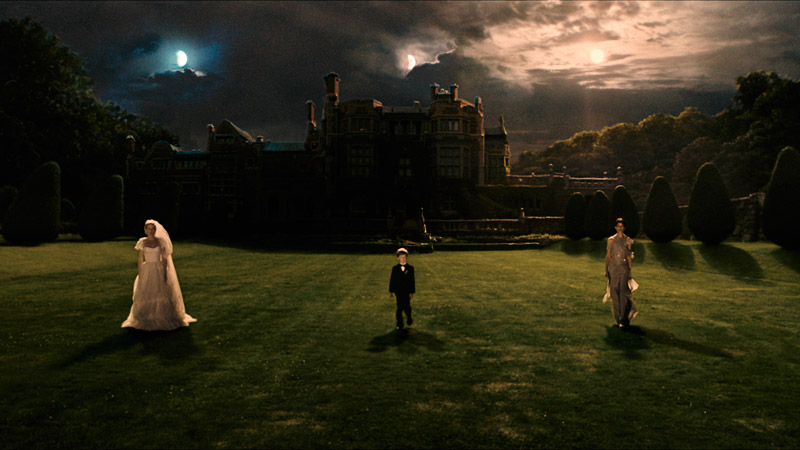
Arguably the most conscious integrant of Lars von Trier’s so-called Depression trilogy, “Melancholia” is an allegoric reconstruction of the topic from the view of two sisters (Kristen Dunst and Charlotte Gainsbourg). As the planet Melancholia gets dangerously close to Earth, Justine and Claire’s already fragile relationship gets ultimately challenged.
“Melancholia” became an undeniable critical success. Its dramatic recourses, though predictable, were celebrated as effective along with the graphic beauty that, since Antichrist, Lars von Trier seemed to pursue.
Nevertheless, Melancholia was overshadowed, perhaps deliberately, by its always controversial director. When asked about a past statement about the Nazi aesthetic, von Trier claimed to have sympathy and comprehension for Hitler, and mockingly claimed to be a Nazi himself.
As a result, the attention arisen by “Melancholia” was moved toward von Trier’s statements; he was named persona non grata by the Cannes Film Festival and, in spite of a series of apologetic declarations, has shown more caution in press conferences ever since.
25. Requiem for a Dream (Darren Aronofsky, 2000)
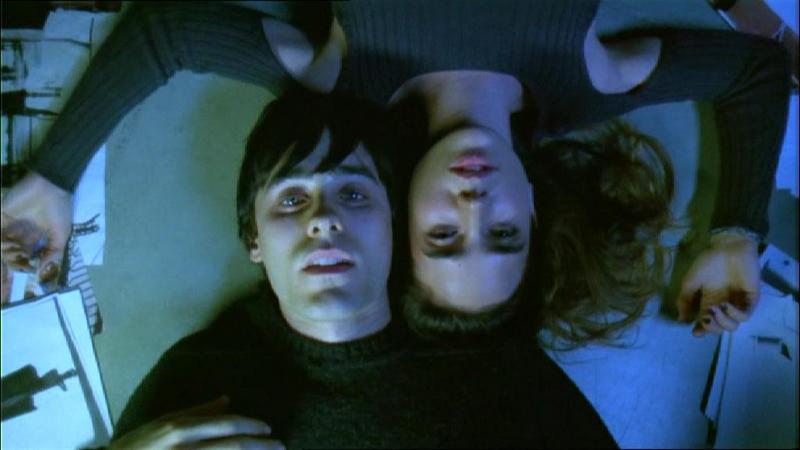
Based upon Hubert Selby’s homonymous novel, “Requiem for a Dream” is an extremely shocking allegory about the turning of dreams into nightmares. It follows four fragile Coney Island people who find themselves trapped in their own personal transformed utopias as their addictions become stronger.
The movie features several uncomfortable scenes. Nevertheless, it was its infamous sex show scene that shocked the MPAA. As a result, the movie received an NC-17 rating. Aronofsky constantly appealed this decision, but his request was denied.
24. Fahrenheit 9/11 (Michael Moore, 2004)
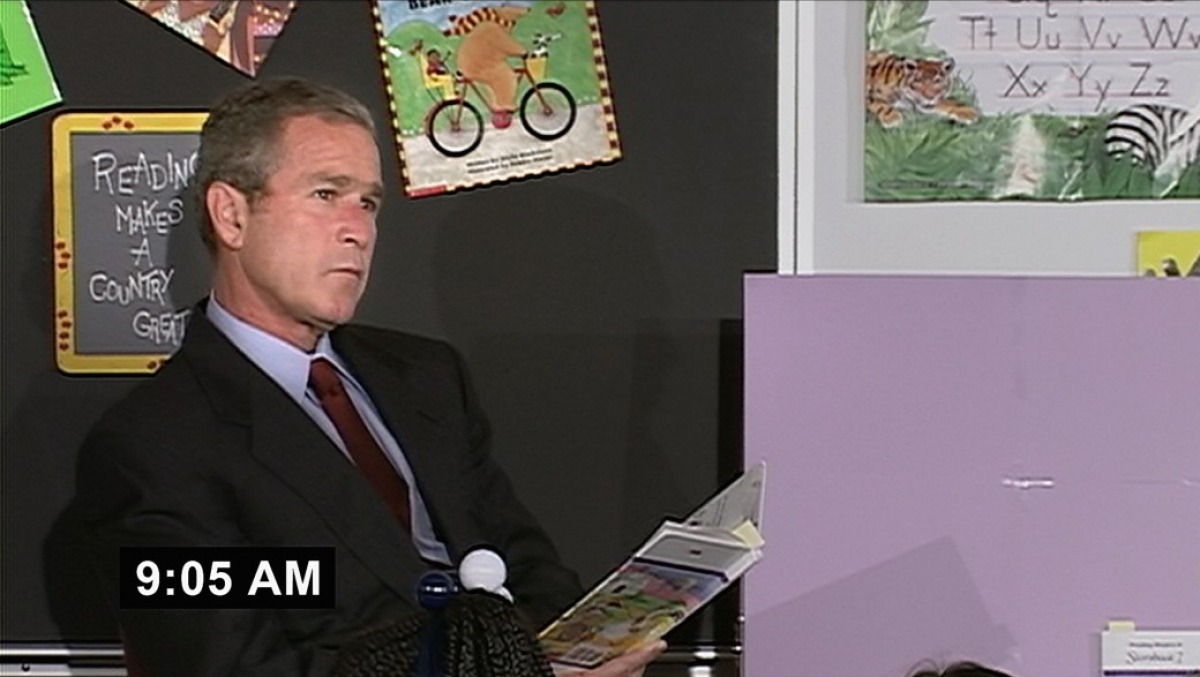
Michael Moore’s view on the Bush administration’s handling of the War on Terror was both a financial and critical success. Alas, Moore’s characteristic humor and openly incendiary questions around an already delicate subject made “Fahrenheit 9/11” perhaps the last decade’s most controversial documentary film as well.
Moore’s cheerful but ambiguous approximation to the subject made some critics regard “Fahrenheit 9/11” as disorientating and manipulative. It also outraged several conservative groups, as Moore seems to have wanted, who called it propagandistic and even called for theaters to not screen it.
23. Lolita (Stanley Kubrick, 1962)
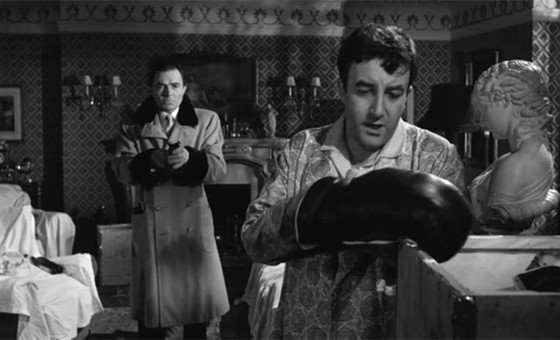
“Lolita” is Stanley Kubrick’s adaptation of Vladimir Nabokov’s classic novel about Humbert Humbert, a tormented professor and the idealized and playful 12-year-old brat Lolita.
Kubrick largely complained about the censorship conditions at the time the film was released. Due to those conditions, the erotic material that permeates Nabokov’s novel was minimized and, in the most aggressive case, only suggested.
Such insinuations were nevertheless matter enough to make “Lolita” one of the most commented and controversial movies of the 60s.
22. Rosemary’s Baby (Roman Polanski, 1968)
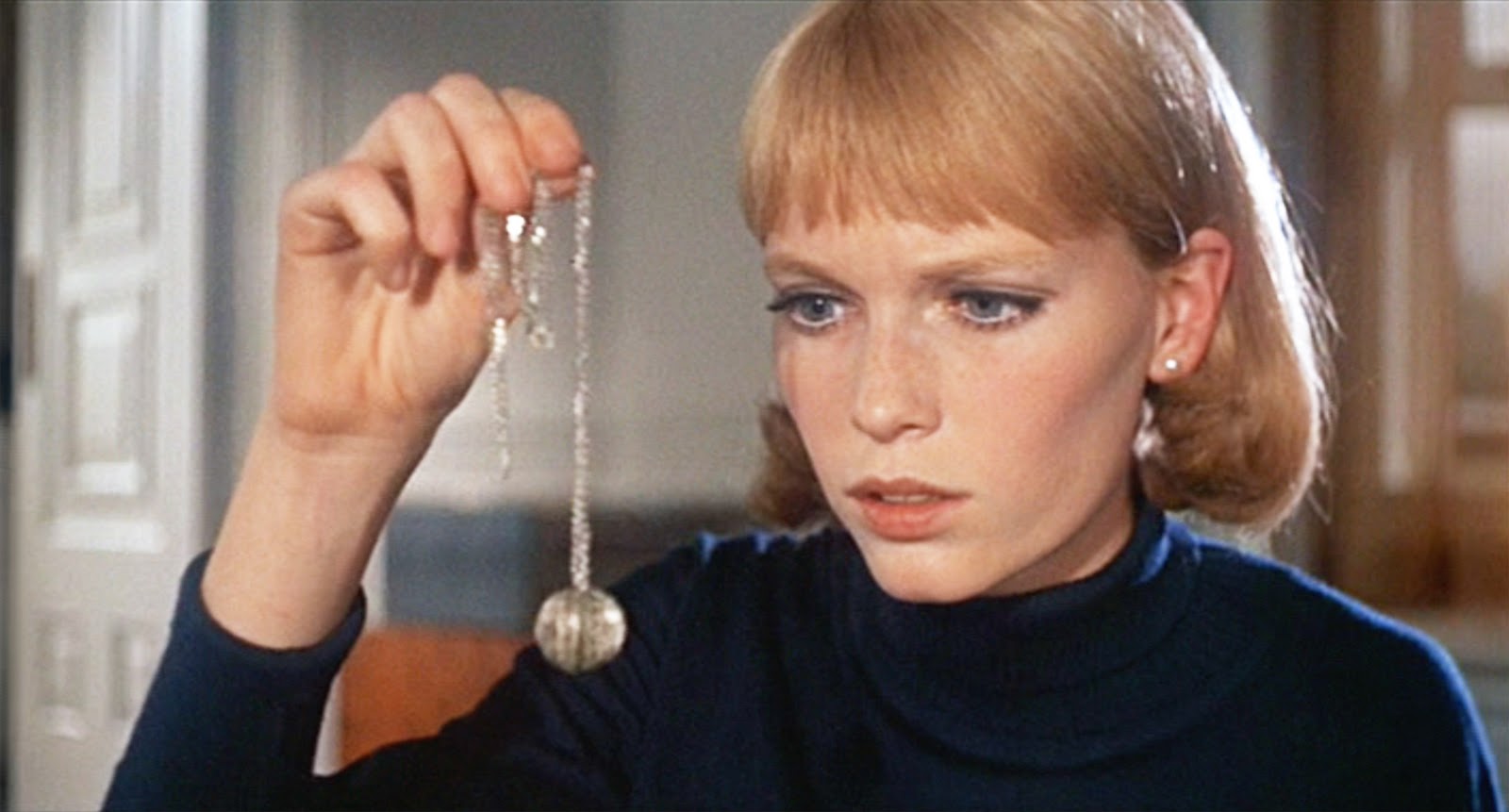
An obligated reference of 60s cinema and one of the most influential horror movies ever made, “Rosemary’s Baby” follows Rosemary’s ambiguous descent into madness as she suspects the child she is caring will be used for unclear reasons in a Satanic ritual.
The movie’s most infamous sequence, featuring Rosemary’s rape, was matter enough to outrage several audiences. Yet it was the movie’s use of religion that lead the frontal attacks it received, as The National Catholic Office for Motion Pictures regarded “Rosemary’s Baby” as a perversion of fundamental Christian beliefs.
Today, “Rosemary’s Baby” is regarded as a condemned movie as well, due to the approximations some people have found between its plot and Sharon Tate’s tragic fate.
21. The Last House on the Left (Wes Craven, 1972)
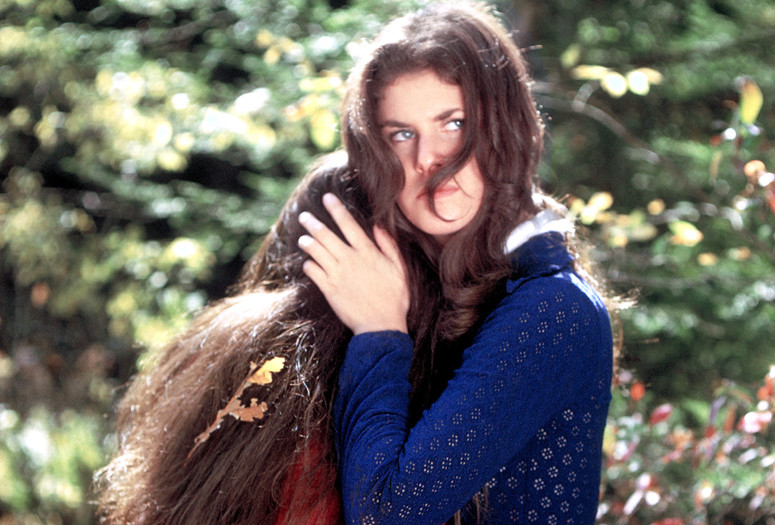
“The Last House on the Left” is mostly inspired by Ingmar Bergman’s masterpiece “The Virgin Spring”, a moving allegory about vengeance but also redemption, set in the Middle Ages.
Departing from “The Virgin Spring”, “The Last House on the Left” lets go everything about Bergman’s obsessive search for redemption, and instead entirely concentrates on the exploitation side of its revenge story. As a result, the film faced censorship in many countries due to the extremity of its sequences.
An essential title for the development of the widely controversial rape and revenge exploitation sub-genre, “The Last House on the Left”, unlike other 70’s sub-genre titles (i.e. “I Spit on Your Grave”), met generally positive reviews.